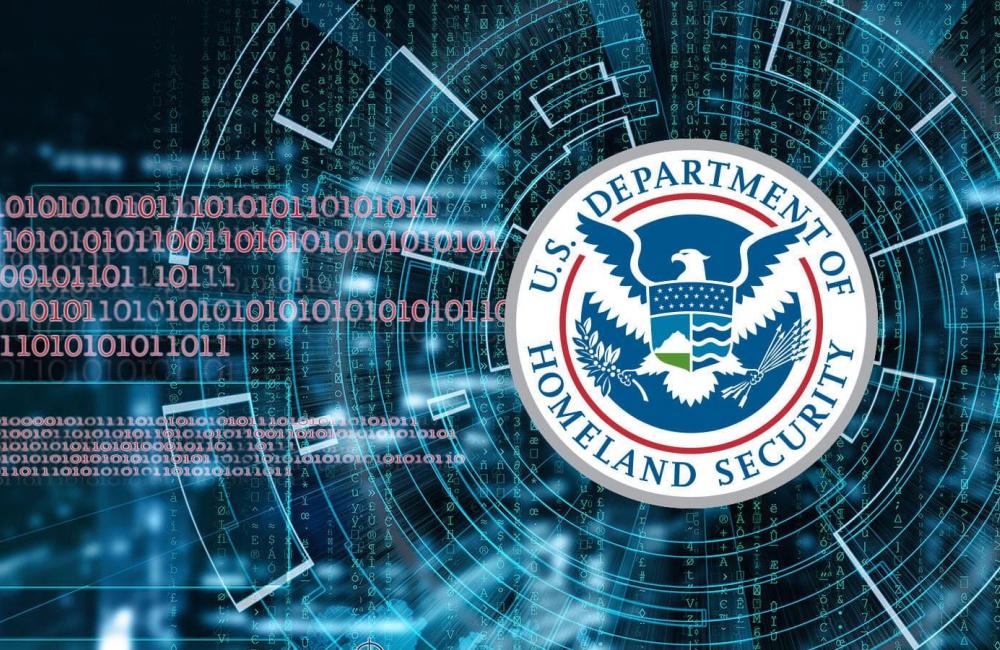 Computerized reasoning can enable the barrier and insight networks to settle on quicker and more quick witted choices about national and cybersecurity, yet organizations need to first confide in their information and their clients.
Computerized reasoning can enable the barrier and insight networks to settle on quicker and more quick witted choices about national and cybersecurity, yet organizations need to first confide in their information and their clients.
The Homeland Security Department’s main goal hasn’t changed, yet there is a rising requirement for devices that can help with the inescapable measure of approaching information.
“From a knowledge viewpoint, the mission has dependably been and I figure dependably will be, convey the best data accessible for our clients,” said David Bottom, boss data officer for the Office of Intelligence and Analysis at DHS. He talked at the June 27 Splunk AI and machine learning occasion in Washington, D.C.
DHS clients extend from examiners and administrators to arrangement producers, benefit individuals and law requirement officers, and they require this data to settle on the most ideal choices, as per Bottom.
“The test is, we have more information than any other time in recent memory,” Bottom said.
Also, with that comes desires from clients for DHS to use the greater part of the information accessible to it, get that data to the perfect individual, at the correct time, at the correct security level, and with all the correct protection and common freedoms rules in politeness.
In this way, the test is the desire, as indicated by Bottom, and DHS will use the devices to conquer that test. In any case, with a specific end goal to do as such, DHS needs to think diversely and make the procedures and change administration no matter how you look at it to convey those abilities. While the mission or yield of the mission hasn’t changed, the way DHS arrives will.
What’s Driving AI in Cybersecurity?
From a cybersecurity point of view, AI and machine learning can help the insight network react to dangers progressively. As per Jim Travis, head of the Cyber Situational Awareness and CyberNetOps Solutions Division at the Defense Information Systems Agency, the country’s as of now in a receptive mode, where now and again examiners are diverting over information from months back discovering dangers they didn’t have sufficient energy to react to.
“The future, however, will expect us to have a capacity to react continuously, and against things we didn’t know were coming, thus from a machine learning-man-made brainpower viewpoint, I would offer that is the place we need to get to,” Travis said on a board with Bottom.
However, AI and machine learning settle on choices in view of the information they’re encouraged, so this will require considering choice criteria — what sorts of issues to explain and what information could educate those choices. At that point, “you got the opportunity to discover the framework that can ingest it in the time allotment that settles on for a usable choice,” Travis stated, and at last (particularly when utilizing neural systems), “how would you demonstrate that was the correct choice?”
Do You Trust Your Data?
Open workers are responsible for clarifying why they settled on the choices they made to the general population and to Congress, particularly when digital frameworks empower auto organization reaction to make a move (inside division limits).
“Are we making the best choice when we do that?” Travis inquired.
Some portion of the arrangement is requesting that industry make arrangements that can clarify basic leadership, and enhancing the obtaining procedure in government with the goal that when organizations require AI or machine learning arrangements, they can get them.
In any case, Bottom clarified an alternate test related with AI and machine learning – trust. In what manner would cios be able to assume that the earth will react in a way that gives the result an office is hoping to accomplish, or that the potential hazard related with that arrangement is justified, despite all the trouble?
Base said there’s two boundaries to arriving: personality administration and information uprightness.
Character Management
For DHS, Bottom’s alluding to the character of clients, investigation and the client.
Distinguishing clients, regardless of whether they are examiners or administrators, implies ensuring they are appropriately portrayed in the framework to manufacture the trust factor. Recognizing clients, regardless of whether it’s voice acknowledgment asking for an administration, implies knowing the character of that client. That could mean following voice designs or biometric information, with thought to protection.
Be that as it may, doling out character to a calculation, logical, a code or programming is something DHS hasn’t come to conclusion on. For instance, in self-driving autos, that bit of programming in the auto is a personality. Also, in light of the fact that that product or code, which is utilizing machine learning, is thinking without programming and settling on a choice as it were, the personality should be portrayed.
“Furthermore, we need to comprehend when that code settled on that choice, and what choice was prescribed to the client,” Bottom said.
Information Integrity
There should be information trustworthiness and solid nature of proposals. Base uses suggestion to express that people will dependably be at the bleeding edge of settling on a ultimate choice, however there will be times, especially in the digital domain, where computerization will make a move. Thus, in light of the fact that a man will utilize that suggestion to settle on a choice, there should be trust in the information.
For instance, it’s anything but difficult to trick symbolism acknowledgment programming by changing the pixels in a photo, yet this won’t trick a human.
“So how are we guarding against ensuring that information trustworthiness so we get the result that were anticipating from the diagnostic?” Bottom inquired. Maybe a certainty evaluation of how that choice was landed at would help.
For Bottom, those are the two fundamental difficulties DHS is taking a shot at in the division, with the insight network and its accomplices crosswise over government.
Tolerating Risk
In any case, now and again, the direness to distinguishing dangers is excessively incredible, making it impossible to pause, and machine learning and AI calculations are the appropriate response.
“The emergency was so awesome as far as the quantity of occasions that are strange today, that people just stated, ‘we have no shot at this without turning this stuff on,'” Travis said. Also, in the digital domain, there’s simply a lot of information for people to filter through.
The operational desperation makes the ability to go out on a limb, and Travis trusts that all together for the legislature to get where they should be, organizations should turn out to be more hazard tolerating. Also, similarly as the private division’s outcome or punishment of coming up short is cash, government needs to make sense of what its motivator is.
Since eventually, the push to actualizing shrewd arrangements is an aggregate one. “[DISA] and Homeland Security, particularly in the digital world, are in reality managing a portion of the potential exponential dangers to the country . . . what’s more, altogether we’re attempting to remain connected together at a working level to do that . . . with us cooperating, gaining from each other, and how these arrangements bode well for the government and American individuals.”
Contributed byhttp://todaykos.com/








